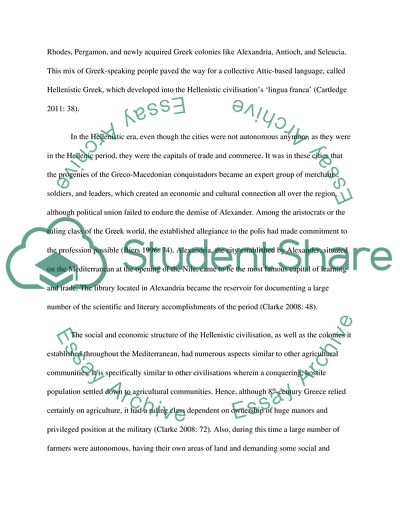Cite this document
(Hellenistic Civilization Essay Example | Topics and Well Written Essays - 2250 words, n.d.)
Hellenistic Civilization Essay Example | Topics and Well Written Essays - 2250 words. https://studentshare.org/archaeology/1838434-archaeology
Hellenistic Civilization Essay Example | Topics and Well Written Essays - 2250 words. https://studentshare.org/archaeology/1838434-archaeology
(Hellenistic Civilization Essay Example | Topics and Well Written Essays - 2250 Words)
Hellenistic Civilization Essay Example | Topics and Well Written Essays - 2250 Words. https://studentshare.org/archaeology/1838434-archaeology.
Hellenistic Civilization Essay Example | Topics and Well Written Essays - 2250 Words. https://studentshare.org/archaeology/1838434-archaeology.
“Hellenistic Civilization Essay Example | Topics and Well Written Essays - 2250 Words”. https://studentshare.org/archaeology/1838434-archaeology.


